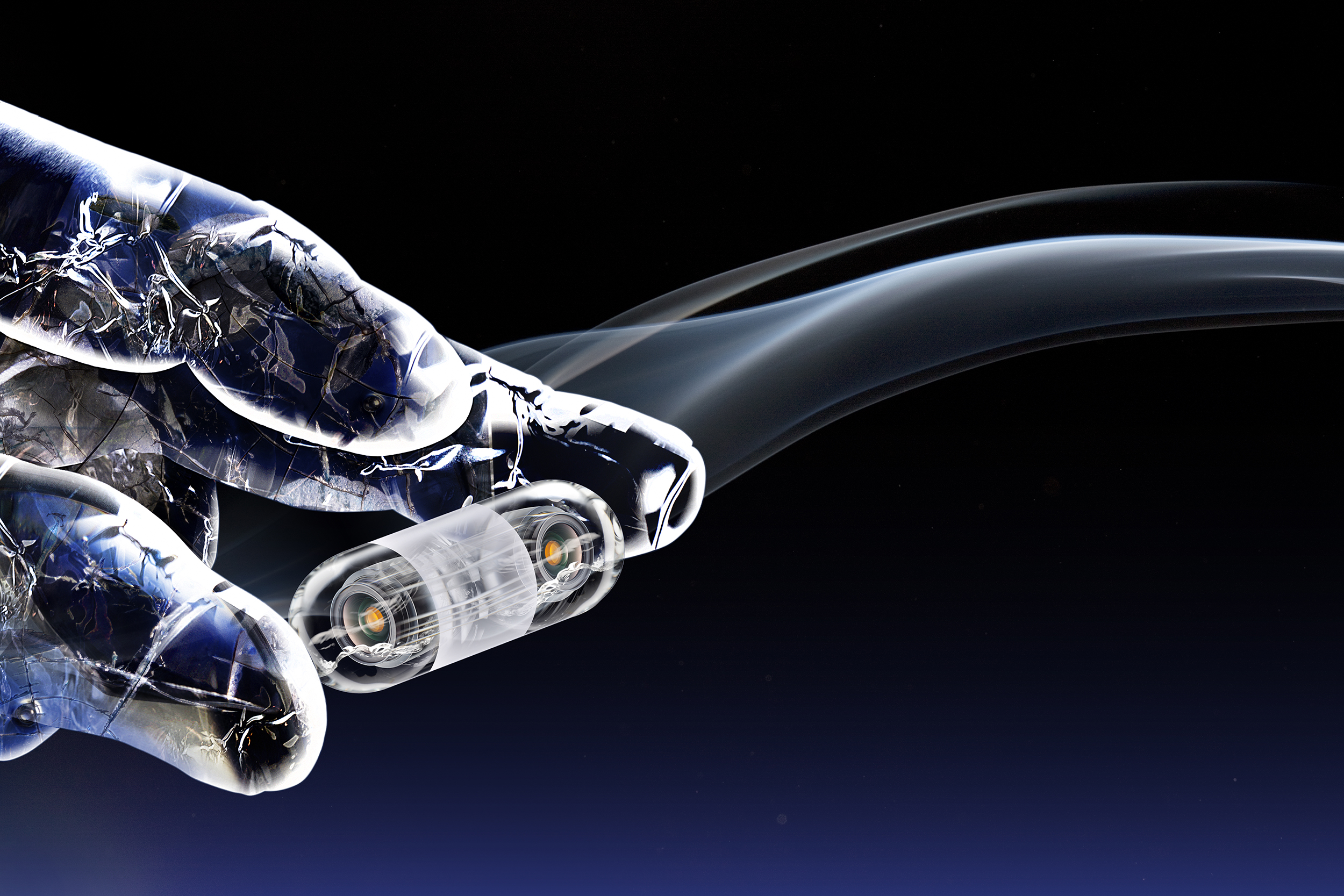
Borescopes — inspection cameras that can fit inside an endoscope to look for damages — are a recent technological advancement used at endoscope repair facilities to detect problems within the scopes’ channels.
Considerable time and training, however, are needed to teach technicians to proficiently interpret borescope video feeds and the damages they document. Many reprocessing guidelines include visual endoscope inspection but identifying and rating the degree of damage can vary by observer.
For this reason, a recent study investigated the role of artificial intelligence (AI) in enhancing the value of borescope evaluation of endoscope channels. This is the first application of AI to boost borescope scrutiny of working channel damage and residue, the authors write, with an eye on addressing “the global challenge of infection transmission associated with endoscopic procedures.”
“Inclusion of AI algorithms could conceivably automate borescope evaluations, thereby facilitating widespread adoption and integration of this process into standard endoscope reprocessing protocols,” they add — a “transformative innovation” that could reduce infection transmission.
Medical diagnoses are being enhanced by deep-learning algorithms. AI, in fact, consistently outperforms human observation “and is most valuable when integrated with human intelligence,” according to the authors. AI could potentially enable medical institutions to add borescope evaluations to their post-endoscopy procedures.
The study was conducted at a high-volume (more than 50 endoscopies daily) tertiary care academic medical center’s endoscopy unit. It included borescope inspection videos from:
The severity of the working channel damage was rated 0-3, from zero to severe damage.
Researchers determined the AI’s algorithm successfully detected channel damage and assigned it a score. The overall “sensitivity” was 91.4 percent in detecting any finding. When a finding was identified, it was accurately labeled 67 percent of the time. The most common basis for a false positive finding was glare or reflection caused by the borescope light source. There was no difference in AI accuracy across different endoscope types.
Integrating AI into borescope evaluation, the authors conclude, could spark widespread adoption of this kind of endoscope inspection. While some might find it “extreme” to do this after every procedure, “there is some rationale to this viewpoint, as devices inserted through endoscope working channels may potentially cause damage during any given endoscopic procedure.”
Annual inspection, as manufacturers recommend, may not detect damage in a timely manner. In that case, more frequent borescope evaluations based on the number of uses or time intervals could be a good compromise. Evaluations should be performed after reprocessing on patient-ready endoscopes.
For AI to fully replace a well-trained professional for borescope inspections, high grades would need to be achieved in three key algorithm metrics:


